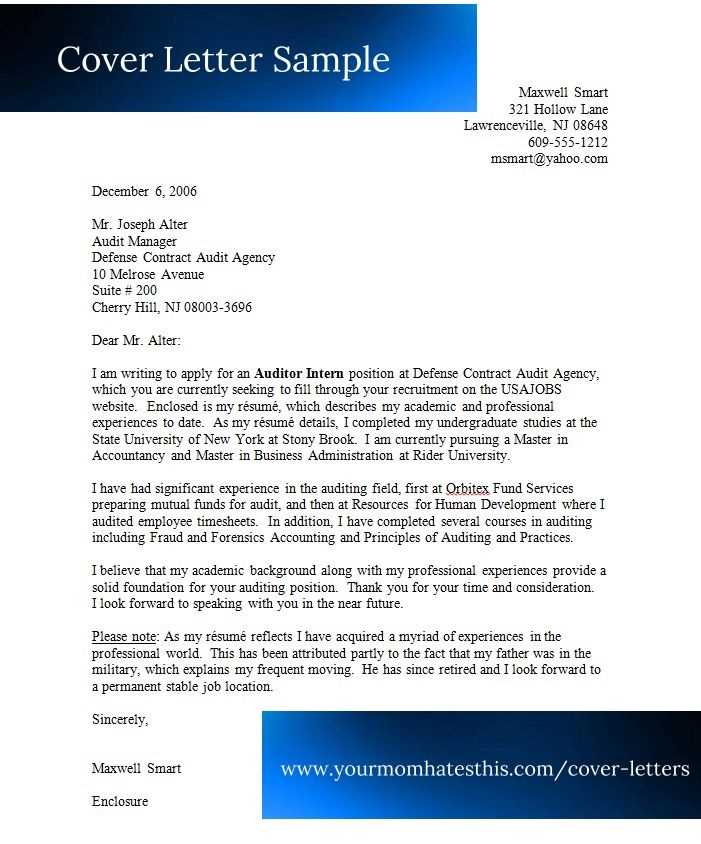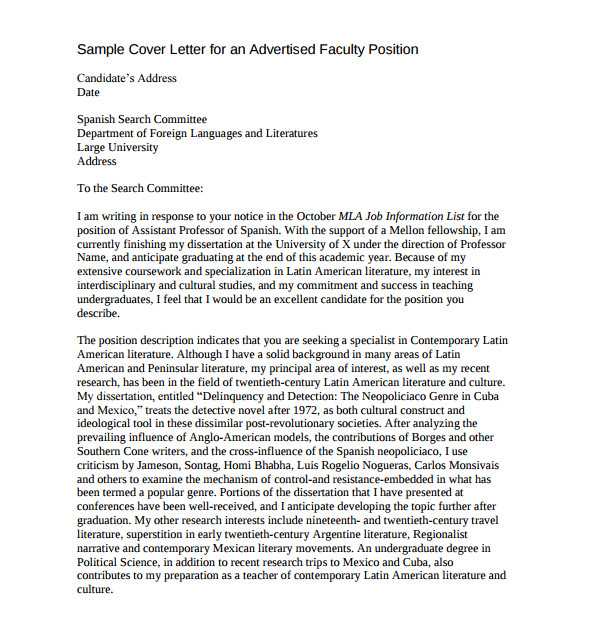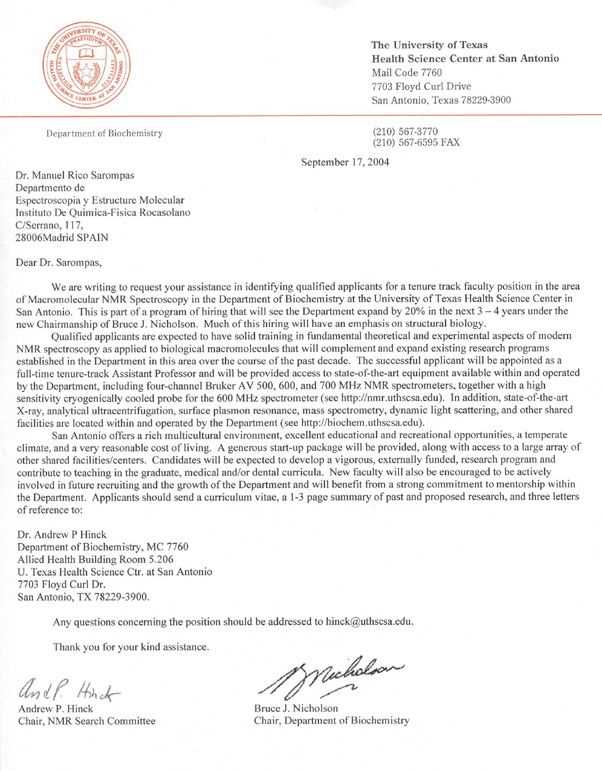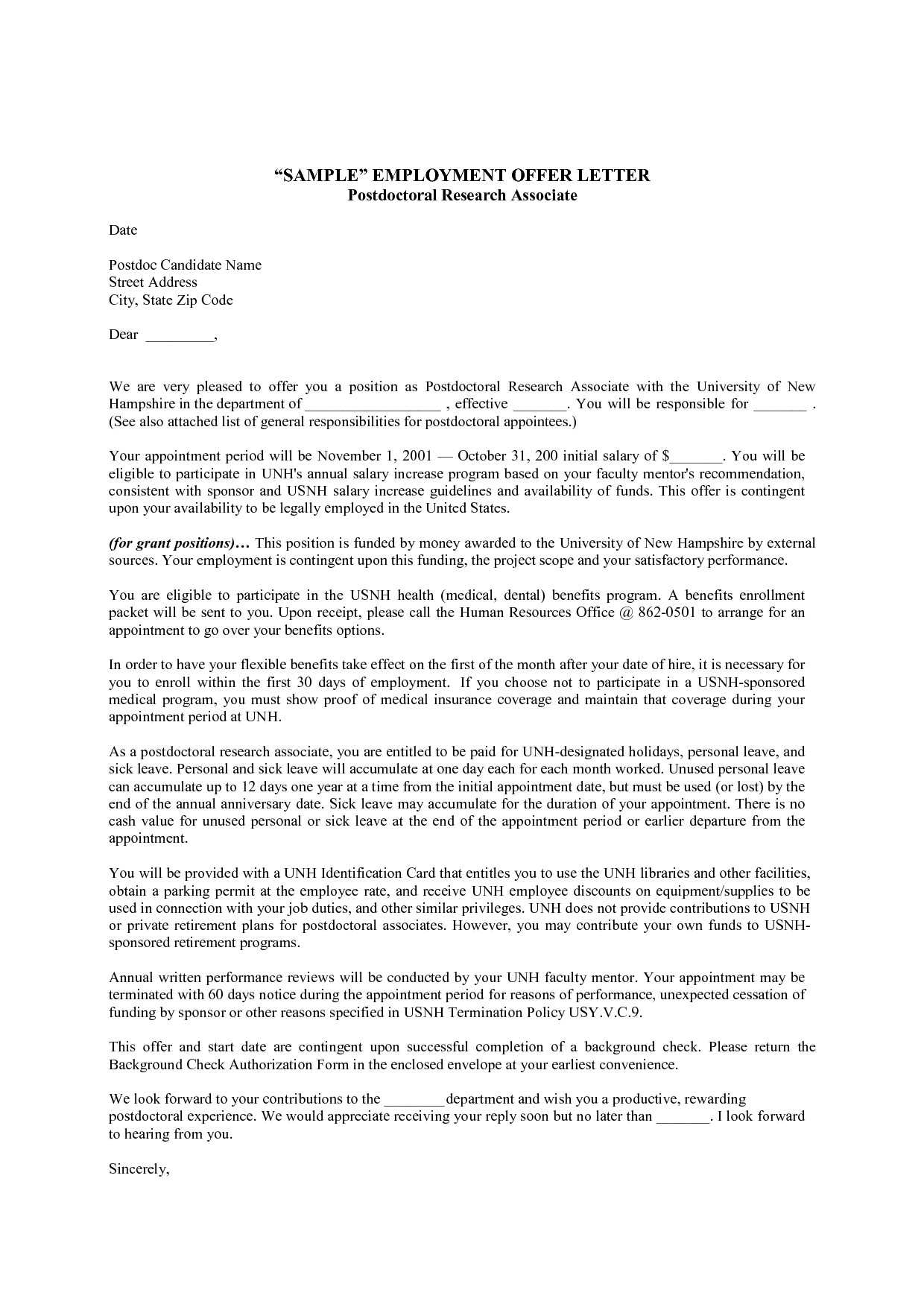Postdoctoral cover letter template

Crafting a compelling postdoctoral cover letter starts with highlighting your research achievements and demonstrating how they align with the lab’s objectives. A strong opening should immediately communicate your enthusiasm and relevance for the position. Tailor your language to reflect the specific skills and expertise the research group values most.
Begin by addressing the letter to the hiring committee or specific faculty member, showing you’ve done your research. Clearly state the position you’re applying for and where you found the listing. Avoid generic openings; personalize it to demonstrate your familiarity with their work and how your research can contribute to their ongoing projects.
Highlight your academic background next. Emphasize your doctoral work, key publications, and any experience in the lab or field that demonstrates your ability to manage projects, collaborate, and solve complex problems. Link your past research directly to the lab’s work to show the connection and potential for collaboration.
In the closing paragraph, express your enthusiasm about the possibility of joining their team. Be sure to mention any attached documents, such as your CV or research statement. Finish by stating your availability for an interview and your eagerness to discuss how your research can further their goals.
Postdoctoral Cover Letter Template
Begin your cover letter with a clear and concise introduction. State your interest in the postdoctoral position and how you found out about it. Highlight your current academic position or recent PhD completion, and briefly mention your expertise relevant to the position.
Introduction Example
Dear [Hiring Manager’s Name],
I am writing to express my interest in the postdoctoral research position in [Department/Field] at [Institution]. I recently completed my PhD in [Your Field] at [Your University], where I focused on [Key Research Topic]. I am particularly excited about this opportunity as it aligns closely with my research background and goals in [specific research interest].
Body: Research Experience and Alignment

In this section, describe your past research experience, methodologies, and outcomes. Connect your skills to the specific requirements mentioned in the job listing. Use direct examples to show how your expertise will contribute to the goals of the lab or research project.
My doctoral research in [Research Area] involved [Brief Description of Methodology or Approach], where I developed [Key Findings or Techniques]. This experience honed my skills in [Relevant Skills] and provided me with a deep understanding of [Specific Aspect of Research]. I believe these skills will complement your team’s work on [Project/Research Focus] and allow me to contribute immediately to [Specific Goal or Objective].
Additionally, I have collaborated with diverse teams, leading to the publication of [Number] peer-reviewed articles in [Relevant Journals]. These experiences have prepared me for the collaborative environment at [Institution] and to make meaningful contributions to your research group.
Conclude the letter by expressing enthusiasm for the opportunity and readiness to discuss further. Reaffirm your interest and state that you look forward to the possibility of contributing to their work.
Thank you for considering my application. I would be happy to discuss my qualifications in more detail and explore how I can contribute to your team. I look forward to the opportunity to connect further.
Sincerely,
[Your Name]
How to Address the Hiring Committee in Your Cover Letter
Begin by addressing the hiring committee with a formal, yet approachable tone. If you know the name of the person leading the hiring process, use it. For example, “Dear Dr. Smith” or “Dear Professor Johnson.” If you’re uncertain of the specific individual, use a general salutation like “Dear Hiring Committee” or “Dear Search Committee.” This avoids being overly generic, while maintaining professionalism.
Addressing a Specific Name
When you have the name of the person, always ensure it’s spelled correctly. If you’re unsure whether to use a first name or last name, default to using titles (Dr., Professor, etc.). It reflects respect for their position and expertise. If the individual holds a distinguished title, such as “Chair of the Department,” include that in the salutation: “Dear Dr. Smith, Chair of the Department.” It shows you’ve taken the time to research and personalize your letter.
Addressing a Group
If you’re addressing a committee without a known lead, a simple and direct approach like “Dear Hiring Committee” works well. Avoid generic openings like “To whom it may concern,” as they can feel impersonal and detached. By acknowledging the group as a collective entity, you display respect for the collaborative nature of academic recruitment.
Showcasing Your Relevant Research Experience and Skills
Highlight your most impactful research projects, clearly linking them to the position you’re applying for. Begin by describing your role in these projects and the methods you employed. Emphasize how your hands-on experience with research tools and techniques aligns with the goals of the lab or department you’re applying to.
Detail Your Key Research Contributions
Clearly articulate your contributions to each project. This could include designing experiments, analyzing data, writing research papers, or presenting findings at conferences. Use specific metrics or results to quantify the impact of your work, such as the number of publications, citations, or successful grant proposals you contributed to.
Demonstrate Technical and Analytical Skills

- List relevant laboratory techniques, software tools, and methodologies you’ve mastered. Highlight your proficiency with advanced analytical tools, programming languages, or statistical methods.
- Include any specialized equipment you’ve worked with, ensuring it’s relevant to the research being conducted by the potential employer.
- If you’ve worked with cross-disciplinary teams, mention your ability to adapt and communicate complex concepts to different audiences, as this is highly valued in collaborative research environments.
By clearly connecting your experience to the specific research goals of the institution, you can demonstrate your preparedness and fit for the position. Make sure to align your skills with the challenges and research areas the team is focused on, showing how your background will allow you to contribute meaningfully to their ongoing projects.
Aligning Your Expertise with the Research Goals of the Position
Show the hiring committee that your background directly contributes to the position’s research objectives. Begin by identifying key research goals from the job description, and highlight how your skills and past projects fit those areas. Make clear connections between your experience and the methodologies or technologies the research requires. For example, if the research involves data analysis, mention your proficiency with relevant software, or if it requires lab work, outline your hands-on experience with similar experiments.
Emphasize Relevant Techniques and Approaches
Point out the specific techniques or approaches you have mastered that will help achieve the research goals. Whether it’s advanced statistical methods, specialized software, or experimental protocols, focus on showing how your experience will lead to immediate contributions. Avoid vague descriptions and instead be specific about the tools or strategies you’ve employed, and how they can be applied to the research in this role.
Highlight Your Understanding of the Research Focus
Demonstrating a deep understanding of the research focus is essential. Reflect on your knowledge of the field and how your prior work has addressed similar problems or advanced related topics. Provide examples of your contributions that align with the objectives of the position, whether through published papers, collaborations, or prior projects. This will reassure the committee that you can seamlessly integrate into the ongoing research while adding your unique perspective and expertise.
Demonstrating Your Contribution to the Academic Community
Highlight your role in academic initiatives, whether through teaching, research collaborations, or community outreach. Describe any leadership positions you’ve held, such as organizing seminars or mentoring students. This demonstrates your active involvement and commitment beyond personal achievements.
Showcase specific projects where you’ve collaborated with others. Mention interdisciplinary research, joint publications, or presentations at academic conferences. This reflects your ability to engage with diverse ideas and contribute to the growth of your field.
Detail your engagement with academic journals, reviewing articles, or participating in peer review panels. This signals your active role in maintaining the quality of research in your discipline and your willingness to support others’ work.
If you’ve contributed to academic events, mention your role in organizing conferences, symposiums, or workshops. Highlight how you worked with peers to create opportunities for knowledge exchange and professional development.
Address any involvement in academic committees or boards. This shows your contribution to decision-making processes and the shaping of academic policies or programs.
Finally, reflect on how your work has impacted your field. Whether it’s through advancing new theories, improving research methods, or inspiring future scholars, outline how your contributions resonate within the broader academic community.
Concluding with a Clear Call to Action and Professional Tone

End your postdoctoral cover letter with a direct, professional call to action. This is where you guide the reader on what steps to take next. Ensure that your closing lines are confident yet courteous, encouraging the recipient to respond or engage with you further.
Key Elements of a Strong Conclusion
Start by expressing your enthusiasm for the position and your eagerness to discuss how your skills align with the team’s needs. Keep the tone polite but assertive. Here’s a practical approach:
| Action | Example |
|---|---|
| Express interest in an interview | “I would welcome the opportunity to discuss how my experience can contribute to your team’s goals in greater detail.” |
| Provide contact details | “Please feel free to contact me at [phone number] or via email at [email address].” |
| Show appreciation | “Thank you for considering my application. I look forward to the possibility of contributing to your research group.” |
Finish with a professional closing statement like “Sincerely” or “Best regards” followed by your full name. Ensure you leave a positive impression of professionalism, signaling that you are available for further communication.
Example Closing
“I am excited about the opportunity to bring my expertise in [field] to your research team. I look forward to discussing how I can contribute to your ongoing projects. Please don’t hesitate to contact me at [phone number] or [email]. Thank you for your time and consideration.”